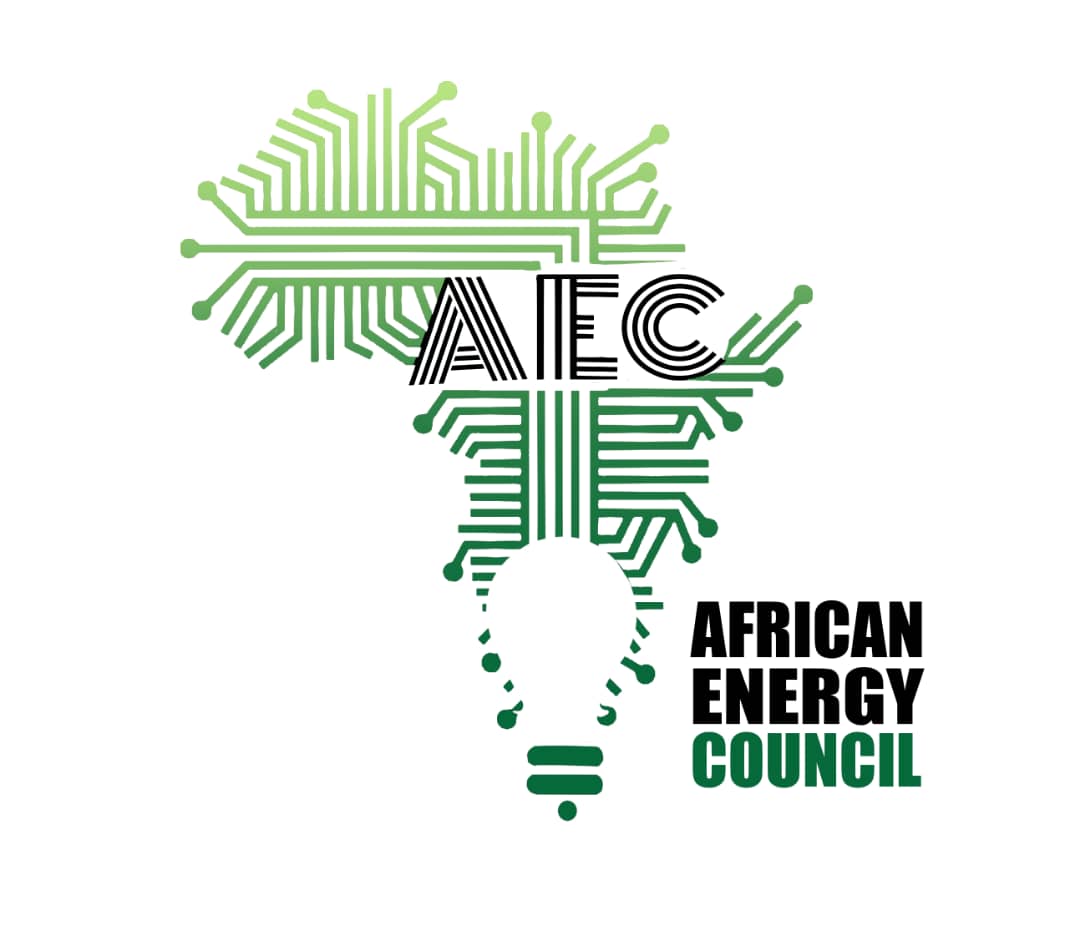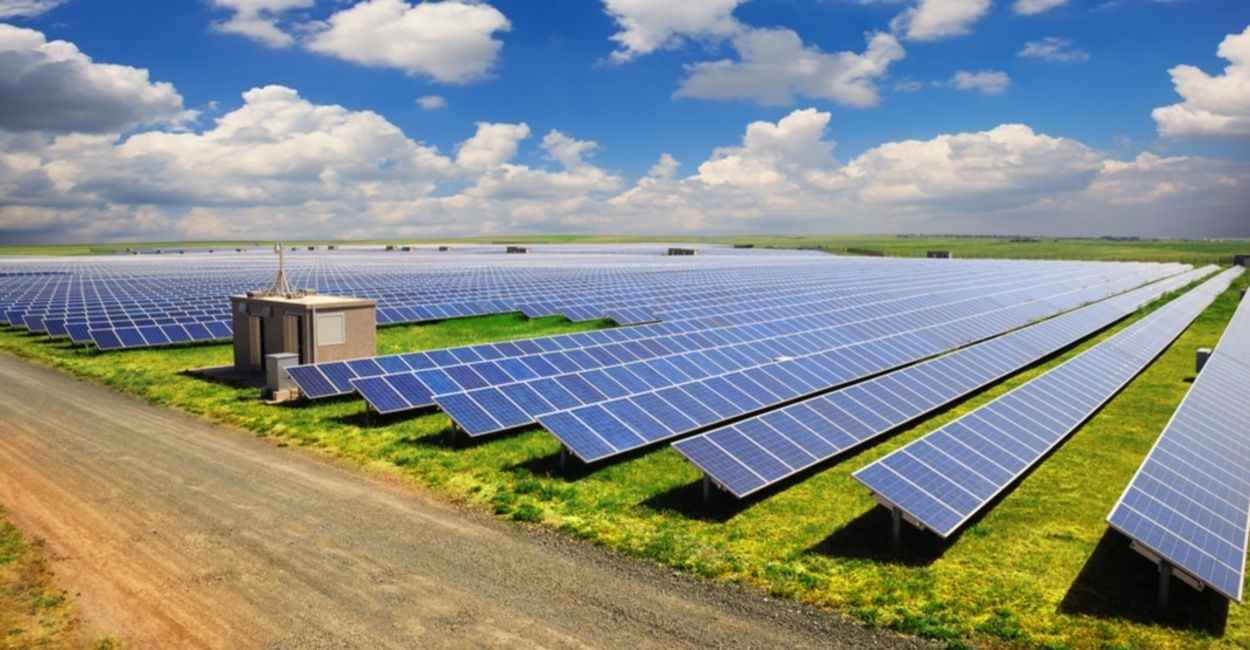The Central African Republic is launching a new 25-megawatt solar park with battery storage in Danzi village, located around 18 kilometres from Bangui. The park will supply electricity to 250,000 people in the capital, almost doubling the country’s electricity generation capacity.
President Faustin-Archange Touadera, alongside Ousmane Diagana, Vice President for Western and Central Africa at the World Bank, officially inaugurated the Danzi solar plant. This signifies the nation’s dedication to diminishing reliance on fossil fuels and enhancing the utilisation of more affordable renewable energies as part of its commitment to fostering sustainable development.
With an electrification rate of 35% in Bangui, 8% in the main provincial cities and towns, and only 2% in rural communes, the Central African Republic has invested in the energy sector as an engine of development to increase access to electricity and promote sustainable growth.
“Danzi is only the start of our journey to provide universal access for all Central Africans to clean, high-quality energy as we seek to promote economic recovery and the sustainable development of our country,” noted President Faustin-Archange Touadera. “This is a transformative project that touches all aspects of the lives of our people, from providing electricity to households and lighting in schools and hospitals to refrigeration and increased electricity access for both small businesses and large industries in Bangui.”
The Danzi solar park is the product of a partnership between the government and the World Bank and was made possible by grant funding from the World Bank’s International Development Association (IDA). The grant financing builds on the achievements of the Emergency Electricity Supply and Access Project (PURACEL) and the Water and Electricity Upgrading Project (PASEEL).
“Energy is a vital artery of the economy. Thanks to this project, health centres, schools, and businesses will have increased access to electricity, and this will enhance productivity and promote job creation,” said Ousmane Diagana, World Bank Vice President for Western and Central Africa.
The plant will enable the National Electricity Company to substitute more than 90% of the current energy derived from diesel fuel, resulting in an annual revenue generation exceeding $4 million. It will also contribute to a net reduction of emissions of 670,674 metric tonnes of CO2. This is in addition to the support for the development of the electricity sector through the Electricity Sector Strengthening and Access Project (PARSE), which is designed to promote electrification outside the capital city by implementing mini-grid projects and distributing solar kits to households, public bodies, and businesses.
The government enabled the achievement of the project’s objectives through facilitation mechanisms in the form of national counterparts (industries, subsidies, land, and others). The effective implementation and monitoring of the operation by the Ministry of Development, Energy, and Hydraulic Resources alongside the World Bank were key to achieving this result.
Embarking on a series of initiatives, this project investment marks the initial step towards fostering clean energy development in the country. These efforts encompass the implementation of large-scale solar energy projects, the establishment of mini-grids, and the provision of off-grid solutions for households and public entities. The goal is to achieve, by 2030, electricity access for almost half of the Central African Republic’s population, a substantial increase from the current

